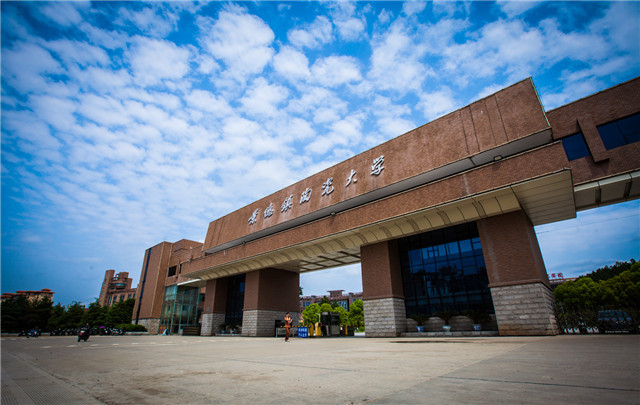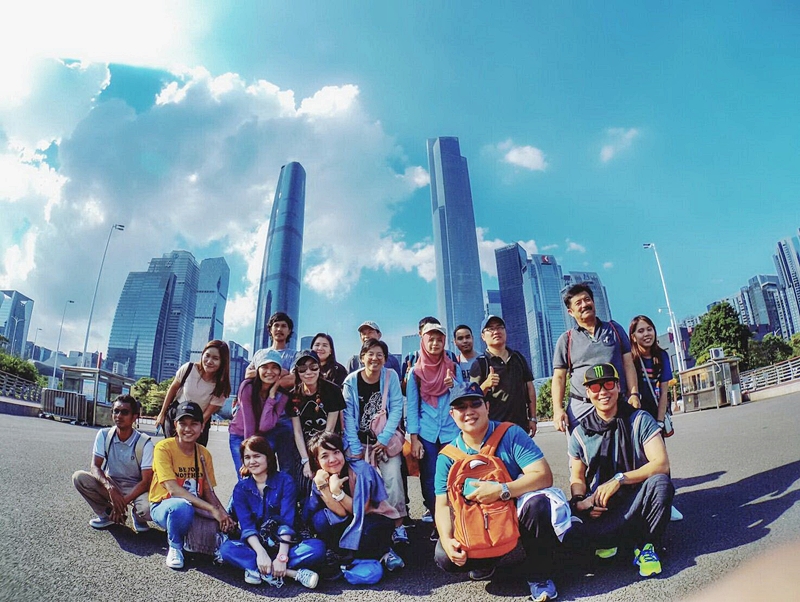The best ceramic university in China is Jingdezhen Ceramic Institute, renowned for its comprehensive ceramics programs and strong research capabilities.
Table of Contents

| .No | University Name | Location |
|---|---|---|
| 1 | Jingdezhen Ceramic Institute | Jingdezhen |
| 2 | Tsinghua University, Academy of Arts & Design | Beijing |
| 3 | Central Academy of Fine Arts (CAFA) | Beijing |
| 4 | South China University of Technology | Guangzhou |
| 5 | Shanghai Institute of Visual Art | Shanghai |
| 6 | China Academy of Art | Hangzhou |
| 7 | Tianjin Academy of Fine Arts | Tianjin |
| 8 | Guangzhou Academy of Fine Arts | Guangzhou |
| 9 | Sichuan Fine Arts Institute | Chongqing |
| 10 | Zhejiang Sci-Tech University | Hangzhou |
Course Offerings
The curriculum for ceramics varies from one university to another, depending on their focus, faculty expertise, and research contributions. Below is a general outline of what you can expect in terms of course offerings at top ceramic universities in China.
Bachelor’s Programs
- Ceramic Art and Design: Introduction to various types of ceramic art including pottery, sculpture, and glazing techniques.
- Ceramic Materials Science: Study the properties, composition, and applications of ceramic materials.
- History of Ceramics: Traces the development of ceramics from ancient civilizations to modern day.
- 3D Modelling and CAD for Ceramics: Teaching students to use digital tools for ceramic design.
Master’s Programs
- Advanced Ceramic Materials: Focused on research and application of cutting-edge ceramic materials.
- Ceramic Engineering: Dive deep into the mechanical, thermal, and electrical properties of ceramics.
- Ceramic Art Theory: This course delves into the theoretical aspects of ceramic art, including its historical and cultural relevance.
- Environmental Ceramics: Study of the environmental impact and sustainability practices in ceramics, including bioceramics.
Doctorate Programs
- Ceramic Nanotechnology: Research-focused program aimed at exploring the nano-level properties of ceramic materials.
- Ceramic Composite Materials: In-depth exploration of ceramics combined with other materials like metal and polymers.
- Ceramic Art History and Criticism: Aims to develop expertise in the critical evaluation of ceramic art.
- Traditional and Modern Ceramics: Research on bridging traditional ceramic methods with modern technology.
Short Courses and Workshops
- Pottery Making: Hands-on workshop aimed at beginners.
- Ceramic Painting and Decoration: Explore the techniques to paint and decorate ceramics.
- Glazing Techniques: Short course on various glazing methods.
- Ceramic Restoration: Workshop on how to restore and conserve ancient or damaged ceramics.
Application Process
Applying to a ceramic university in China involves several steps. The application process can differ from one university to another, but there are some general requirements and timelines that are common. Below is an outline that breaks down the crucial components of the application process.
Eligibility Criteria
- Academic Qualifications: High school diploma for Bachelor’s programs, Bachelor’s degree for Master’s, and Master’s degree for Doctoral programs.
- Language Proficiency: Depending on the university, you may need to demonstrate proficiency in either English or Mandarin through tests like TOEFL or HSK.
- Portfolio: For art-focused ceramic courses, universities usually require a portfolio showcasing your best work.
- Entrance Exams: Some programs may require you to pass an entrance exam specific to the course or university.
Required Documents
- Application Form: Most universities have moved to online application systems, making the process easier and quicker.
- Transcripts: Academic records from previously attended institutions, usually translated into English or Mandarin.
- Letters of Recommendation: Generally, two or three are required, and they should come from people familiar with your academic or professional work.
- Statement of Purpose: A detailed essay explaining why you want to enroll in the specific ceramic program, and what your career goals are.
- Financial Documents: Proof of ability to pay tuition or evidence of scholarships or financial aid, often required for visa applications.
Application Timeline
- Early Applications: Usually start a year before the intended enrollment date. Scholarships and other financial aids often have early deadlines.
- Regular Applications: Most commonly close six months prior to the start of the academic year.
- Admissions Interviews: For some programs, especially at the Master’s or Doctoral level, interviews may be conducted 2-4 months before the course start date.
- Acceptance Letters: Typically sent out 2-3 months before the academic year begins.
- Enrollment and Registration: Usually happens a month before the academic year starts, including fee payment and course selection.

Student Life and Campus Facilities
Choosing the right university isn’t just about academic offerings; the quality of student life and campus facilities also play a critical role. Below is an overview of what students can expect in terms of life on campus at top ceramic universities in China.
Accommodation
- On-Campus Dormitories: Offer single and double room options with essential furniture and Wi-Fi connectivity.
- Off-Campus Housing: Many universities have tie-ups with local landlords and offer a list of approved off-campus housing options.
- Shared Apartments: For those looking to live with friends or batchmates, shared apartments near campus are widely available.
- Homestays: Some universities also facilitate homestays for international students seeking a cultural experience.
Laboratories and Workshops
- Ceramic Labs: Equipped with modern kilns, pottery wheels, and an extensive range of ceramic materials.
- Material Science Labs: For those interested in the scientific aspects of ceramics, material science labs offer the latest equipment for research.
- Computer Labs: Loaded with up-to-date software for 3D modelling and CAD design for ceramics.
- Workshops: Frequent guest lectures and workshops by industry professionals and ceramic artists.
Campus Activities
- Art Exhibitions: Regularly held to showcase student and faculty work in ceramics.
- Sports Facilities: Includes gymnasiums, a swimming pool, and courts for various sports like basketball and tennis.
- Cultural Clubs: Range from ceramic art clubs to music, drama, and even literature.
- Outdoor Activities: Universities often organize treks, nature walks, and field trips to ceramic factories.
International Student Experience
- Orientation Programs: Specifically designed to help international students adapt to life in China.
- Language Courses: Offer Mandarin courses to assist in daily communication and academic studies.
- International Office: Provides visa assistance, academic guidance, and career counseling for international students.
- Student Exchange Programs: Opportunities to study for a semester in partner universities around the world.

Scholarships and Financial Aid
Financial constraints should not be a barrier to quality education. To assist students in affording tuition and other educational costs, a variety of scholarships and financial aid options are available, especially in top ceramic universities in China.
Government Scholarships
- Chinese Government Scholarship: This prestigious scholarship covers 100% of tuition fees, provides a monthly stipend of around $300, and also takes care of accommodation costs.
- Provincial Scholarships: These vary by province but usually offer around $1,000 to $3,000 per academic year.
- Belt and Road Initiative Scholarship: Specifically aimed at students from countries participating in the Belt and Road Initiative, this scholarship offers up to $5,000 per academic year.
University Scholarships
- Merit-based Scholarships: Based on academic excellence, these scholarships range from $1,500 to $4,000 per academic year.
- Need-based Scholarships: For students demonstrating financial need, these scholarships can offer up to $3,000 per academic year.
- Research Grants: These are more common for Master’s and Doctoral students, offering up to $6,000 to support their research.
- Ceramic Art Scholarships: Designed for students showcasing exceptional artistic talent, these scholarships can offer up to $2,500 and may also include material grants.
External Grants and Fellowships
- Corporate Sponsorships: Some companies in the ceramic industry provide sponsorships ranging from $2,000 to $5,000 for promising students.
- Art Fellowships: These offer both financial support and opportunities for artistic exposure, with grants ranging from $3,000 to $10,000.
- International Scholarships: For example, the Fulbright Program offers various grants to international students, ranging from $15,000 to $30,000 annually.

